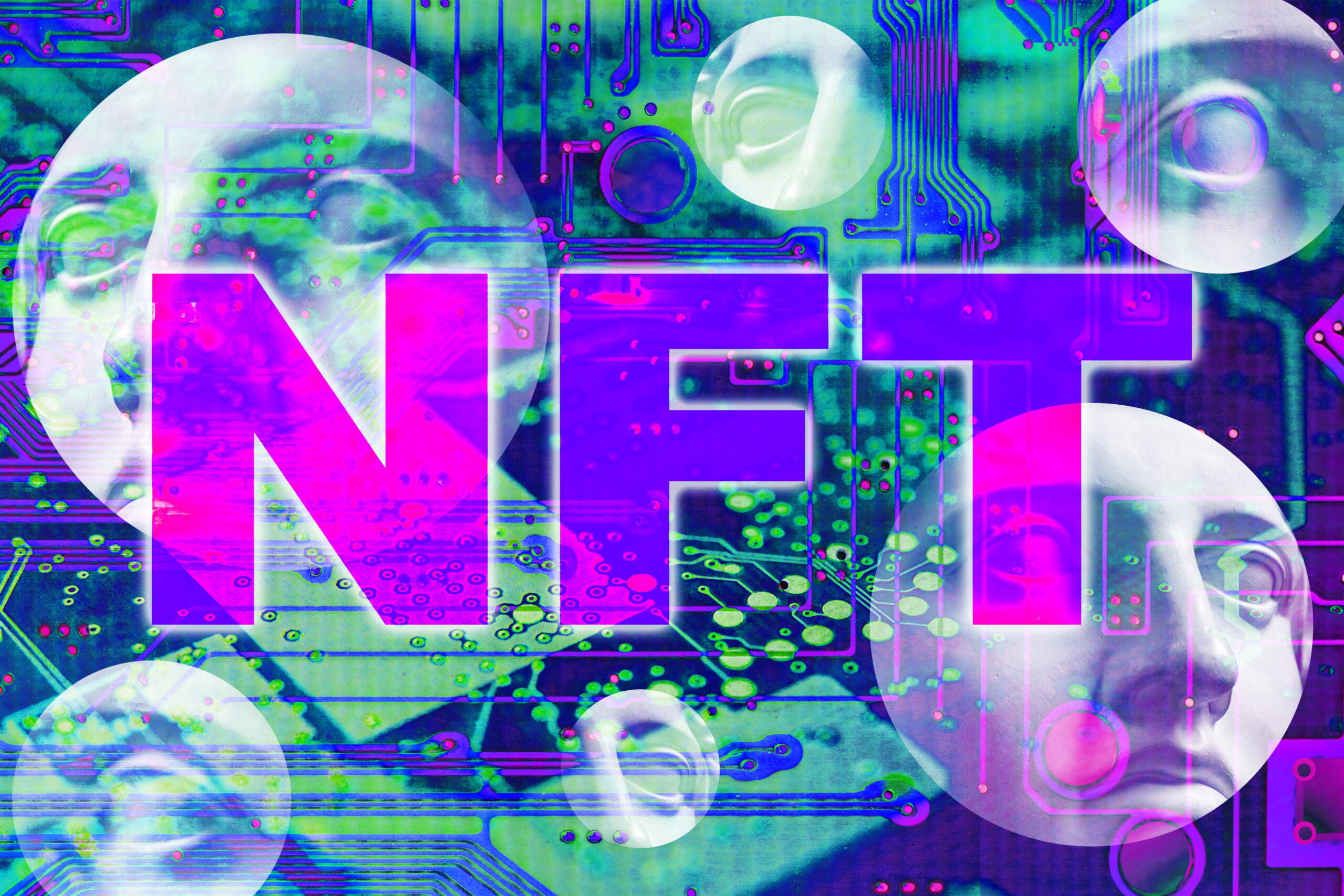NFT Collection Size and Rarity Explained
A non-fungible token collection is a carefully selected array of distinct digital assets anchored on a blockchain. Each token in a collection possesses its unique attributes and value, influenced by factors like its rarity, past ownership records, practical use, and market liquidity. The scope of these collections can differ from smaller, limited sets to expansive series with thousands of distinct items. For example, specific renowned collections encompass 10,000 individual NFTs, each characterized by diverse attributes determining their unique rarity and worth.
The notion of rarity is pivotal when discussing NFT collections. It denotes the distinctiveness or scarcity of a token within its collection, often influenced by unique features that differentiate it from its counterparts. The more scarce an NFT is, the more value it is believed to hold.
Moreover, an NFT’s past ownership chain also considerably affects its valuation. Tokens previously held by esteemed artists or influential individuals in the sector frequently fetch higher prices.
What does the term “collection size” denote in NFTs?
Collection size alludes to the aggregate number of individual NFTs in a specific group or series. Some expansive collections house thousands of distinct tokens. A typical figure often quoted is 10,000 NFTs, though this number can fluctuate. Each token within this aggregate boasts unique characteristics, which directly influence its rarity and subsequent value.
Within the realm of non-fungible tokens, a collection’s size bears considerable weight on how each token inside it is valued. Collections with a vast array of items may lead enthusiasts to appraise each token at a lower value, especially if there’s a perception that the entire collection might not be fully acquired during its initial release.
Nevertheless, it’s imperative to recognize that a more limited collection size only automatically guarantees a higher value per NFT. Factors such as rarity, the lineage of ownership, practical application, market liquidity, and the reputation of the overseeing project or brand chiefly drive an NFT’s worth. Those tokens boasting distinctive attributes or characteristics typically command higher prices. Equally, the lineage of ownership remains a vital determinant.
Influences on NFT Rarity
Several elements shape the perception of rarity within the realm of NFTs. Primarily, the distinctiveness of an NFT is based on its characteristics within its collection. This distinctiveness can be attributed to visual aspects like its color palette or other inherent features that differentiate the token. The more distinctive these features, the greater the perceived rarity, which can subsequently influence the NFT’s value.
Additionally, the perceived rarity can arise from the number of traits an NFT has. In certain instances, collectors might gravitate towards NFTs with fewer traits, viewing them as purer or more straightforward, thus adding to their perceived rarity.
The history of ownership also plays a role in determining an NFT’s rarity. If an NFT was previously held by a notable figure, its desirability and perceived rarity might increase.
It’s crucial to understand that these elements are intertwined, and their collective impact ascertains the rarity and, by extension, the potential value of an NFT.
